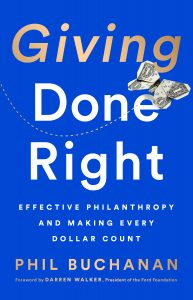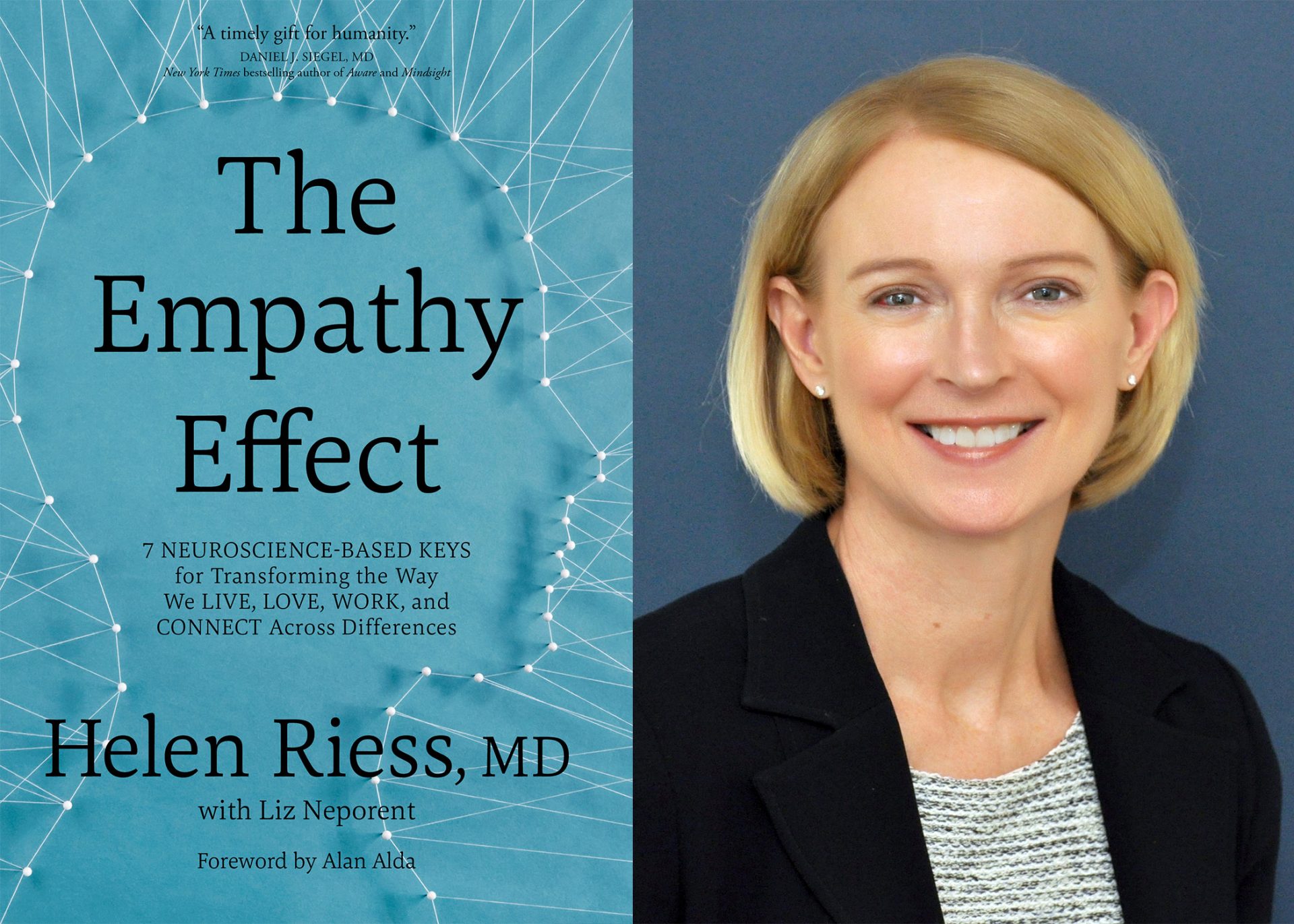Giving Done Right: Effective Data For Philanthropy

 Philip Buchanan ’92, the president the Center for Effective Philanthropy (CEP), has some tips on what to look for in an organization before you open your purse.
Philip Buchanan ’92, the president the Center for Effective Philanthropy (CEP), has some tips on what to look for in an organization before you open your purse.
Charitable giving in the U.S. topped $400 billion in 2017. And more than half of American households give annually—more than vote in presidential elections. That giving supports a vast and diverse nonprofit sector that has been a defining strength of this country. Philanthropy has fueled progress—from reductions in teen smoking, to greater civil rights, to strong arts and culture organizations in communities both rural and urban. But givers often struggle to know how to give effectively, or whether their contributions are making a difference.
Too often, an understandable desire to quantify leads to a focus on dumbed-down measures that tell you little or mislead. Especially in the past two decades, we’ve seen a “biznification” of philanthropy that has pushed for universal measures—equivalents to metrics like return on investment or profit that allow those in the corporate world to compare by the same metrics companies in completely different industries. Philanthropy gets analogized to investing, nonprofits rebranded as “social enterprises,” and, along the way, crucial distinctions are lost.
It’s not that performance measurement isn’t vitally important in philanthropy and the nonprofit sector. It absolutely is. But it doesn’t lend itself to simple or one-size-fits-all metrics. I have seen so-called “venture philanthropy” firms boast of the “lives touched” by the nonprofits they fund, or of the “cost-per-life-touched” ratios of those they support. But these are meaningless metrics. A friend of mine who was a founding board member of an organization denied funding by this venture philanthropy firm—because its “cost-per-life-touched ratio” was deemed too high—put it this way: “I could give every poor child a lollipop if you want a low cost-per-life-touched number. But that won’t create impact!”
A focus on metrics like these, as well as administrative cost ratios, has done more harm than good. But that shouldn’t be taken as a reason not to seek to assess the impact of philanthropy and of specific nonprofits. It should instead be a motivation to do it better. As management guru Peter Drucker said, “Performance and results are far more important—and far more difficult to measure and control—in a nonprofit institution than in a business.”
My own interest in performance measurement in philanthropy began shortly after I graduated from Wesleyan, when I returned to work as special assistant to the president. In that role and a similar, subsequent role at Mount Holyoke College, I thought a lot about how to assess an institution whose ultimate performance cannot be captured simply by a profit and loss statement. In my more than 17 years leading the Center for Effective Philanthropy, a nonprofit working to help foundations and donors increase their effectiveness, I have continued to pursue the question of how to bring data to bear to help givers do their work better.
The fact is this: there is no single, universal metric across fields of work. Judgment about philanthropic effectiveness is subjective and goal-dependent. In areas like reproductive health care, for example, one donor’s positive outcome—access to safe, legal abortion—might be another donor’s negative outcome. Democrats, Republicans, and independents all judge their 401ks by the same measure: returns. The higher, the better. But when it comes to their philanthropy, their personal values and beliefs affect what is considered a good result.
Regardless, donors of all types can and should mine data to fuel their effectiveness. First, however, they need to get clear on their goals, which is no easy task. Then they must find strategies that are likely to lead to progress against those goals—no cakewalk either. The next step is identifying strong organizations doing work that aligns with their goals and strategies—and giving them the support they need. Finally, the data comes in: they need to assess performance and make changes and improvements as they go, iterating strategies based on what is learned.
That’s exactly what the most effective givers I have seen up close have done. I am talking about people like Tim Gill, the software entrepreneur whose foundation was among those that pooled their resources in a highly effective push to expand civil rights for LGBT people. That effort was data-driven, utilizing psychographic research to test the most effective measures to change “hearts and minds” when it came to marriage equality. Or the San Francisco-based Stuart Foundation, which rigorously tested new approaches to helping foster youth achieve better outcomes, expanding only when there was evidence of success—ultimately contributing to a massive decline in the number of children in the foster care system in California and to a national shift in approach.
The most effective philanthropists understand that whatever skills and acumen helped them—or their forebears—accumulate their wealth might not necessarily translate well across sectors. Effective giving is its own unique discipline. It is, as Warren Buffet has put it, “a tougher game” because it typically involves addressing the very challenges that have defied market or government solutions. The best givers possess the humility to understand that, and the commitment to learn how to do giving right.

Phil Buchanan ’92 is president of the Center for Effective Philanthropy (CEP) and author of Giving Done Right: Effective Philanthropy and Making Every Dollar Count, published in April 2019 by Public Affairs. This essay is adapted from that book.



